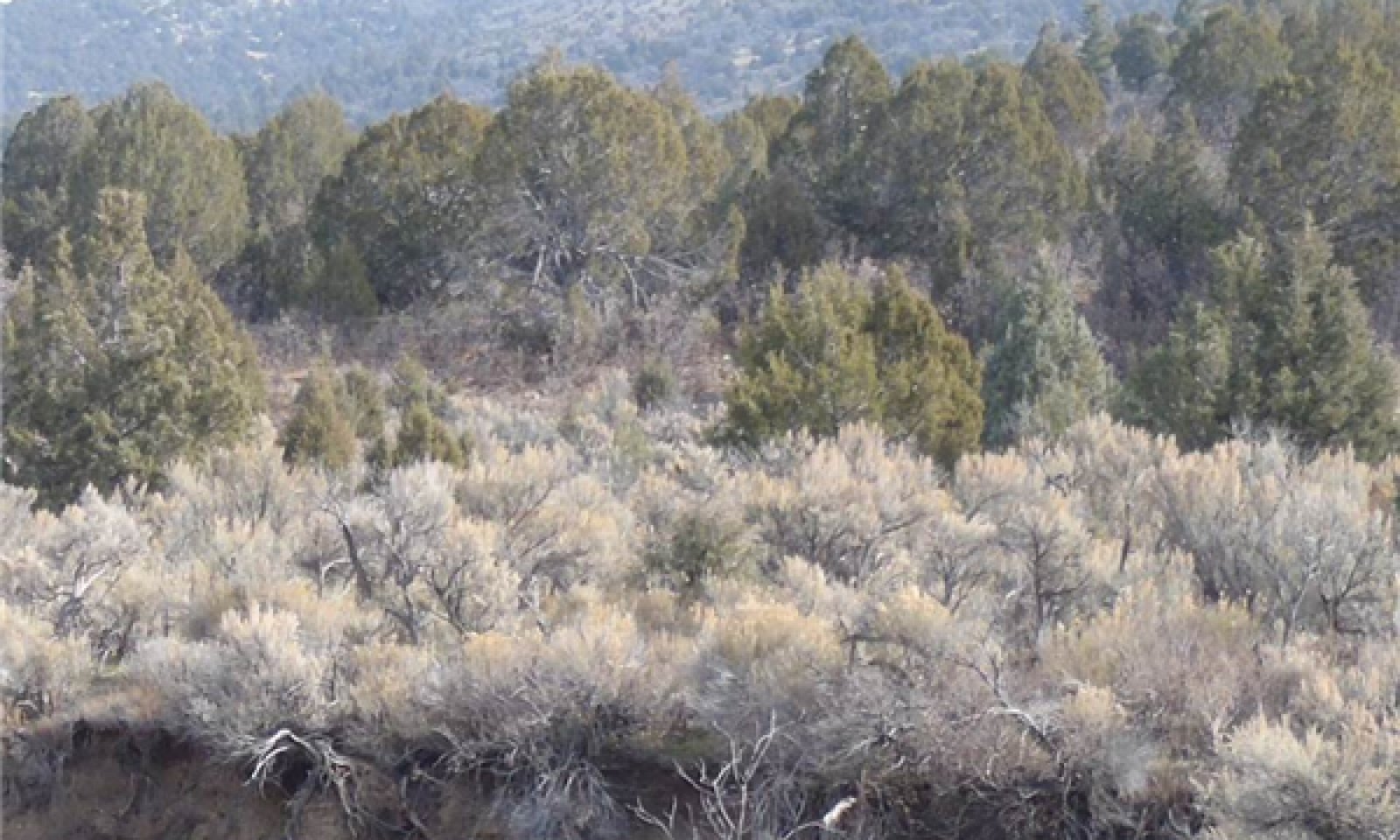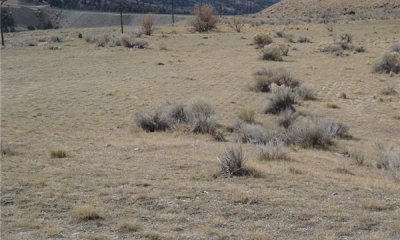
Mountain Loamy Bottom (basin big sagebrush)
Scenario model
Current ecosystem state
Select a state
Management practices/drivers
Select a transition or restoration pathway
-
Transition T1a
Establishment and persistence of non-native species
More details -
Transition T2a
Improper grazing, prolonged drought
More details -
Transition T2b
seeding non-native perennial grass species.
More details -
Transition T3a
seeding non-native perennial grass species.
More details -
No transition or restoration pathway between the selected states has been described
Target ecosystem state
Select a state
Description
The Reference State contains plant communities presumed to occur prior to the introduction of non-native plants, livestock grazing, and other modern disturbances. The ecological processes represented in the Reference State are presumed to represent the conditions affecting soil-formation, and ultimately site potential. Basin big sagebrush and native perennial grasses drive many of the ecological processes in this state. The relative dominance of sagebrush to perennial grasses depends on time since fire, aroga moth, extended drought, and possibly other factors that are yet to be documented.
Submodel
Description
The Invaded State is similar to the Reference State in ecological structure and process, however, the introduction of invasive species and altered disturbance regimes reduce the overall resilience of this state. As a result, an at-risk plant community with reduced perennial grass dominance and sagebrush super-dominance is included in this state.
Submodel
Description
The depleted understory state is dominated by sagebrush, and is characterized by a lack of perennial grasses in the community. The understory may be sparse, or dominated by annual grasses and forbs. Native perennial grasses are unable to regain dominance in the community without significant human inputs.
Submodel
Description
The Seeded Range State is the result of vegetation removal, and successful establishment of non-native perennial grasses, such as smooth brome or crested wheatgrass. Intermediate wheatgrass can also be established on this site. This site can be seeded with a high probability of success due to the general soil fertility and relatively high rainfall. It is also common to see native species establish in the community shortly after seeding. Over time, it is expected that seeded range may transition to a native-dominated state (State 2), but this is yet to be sufficiently documented.
Submodel
Mechanism
Establishment and persistence of non-native species results in a transition from the reference state to the invaded state.
Mechanism
This transition occurs when perennial grasses are reduced by improper grazing to the point that they can no longer self-propagate. Few remnant plants may still persist under shrubs, but reestablishment and dominance by perennial grasses will not occur following a fire, or with the removal of livestock grazing.
Mechanism
This transition occurs when existing vegetation is removed and replaced by seeding non-native perennial grass species.
Model keys
Briefcase
Add ecological sites and Major Land Resource Areas to your briefcase by clicking on the briefcase (![]() ) icon wherever it occurs. Drag and drop items to reorder. Cookies are used to store briefcase items between browsing sessions. Because of this, the number of items that can be added to your briefcase is limited, and briefcase items added on one device and browser cannot be accessed from another device or browser. Users who do not wish to place cookies on their devices should not use the briefcase tool. Briefcase cookies serve no other purpose than described here and are deleted whenever browsing history is cleared.
) icon wherever it occurs. Drag and drop items to reorder. Cookies are used to store briefcase items between browsing sessions. Because of this, the number of items that can be added to your briefcase is limited, and briefcase items added on one device and browser cannot be accessed from another device or browser. Users who do not wish to place cookies on their devices should not use the briefcase tool. Briefcase cookies serve no other purpose than described here and are deleted whenever browsing history is cleared.
Ecological sites
Major Land Resource Areas
The Ecosystem Dynamics Interpretive Tool is an information system framework developed by the USDA-ARS Jornada Experimental Range, USDA Natural Resources Conservation Service, and New Mexico State University.







